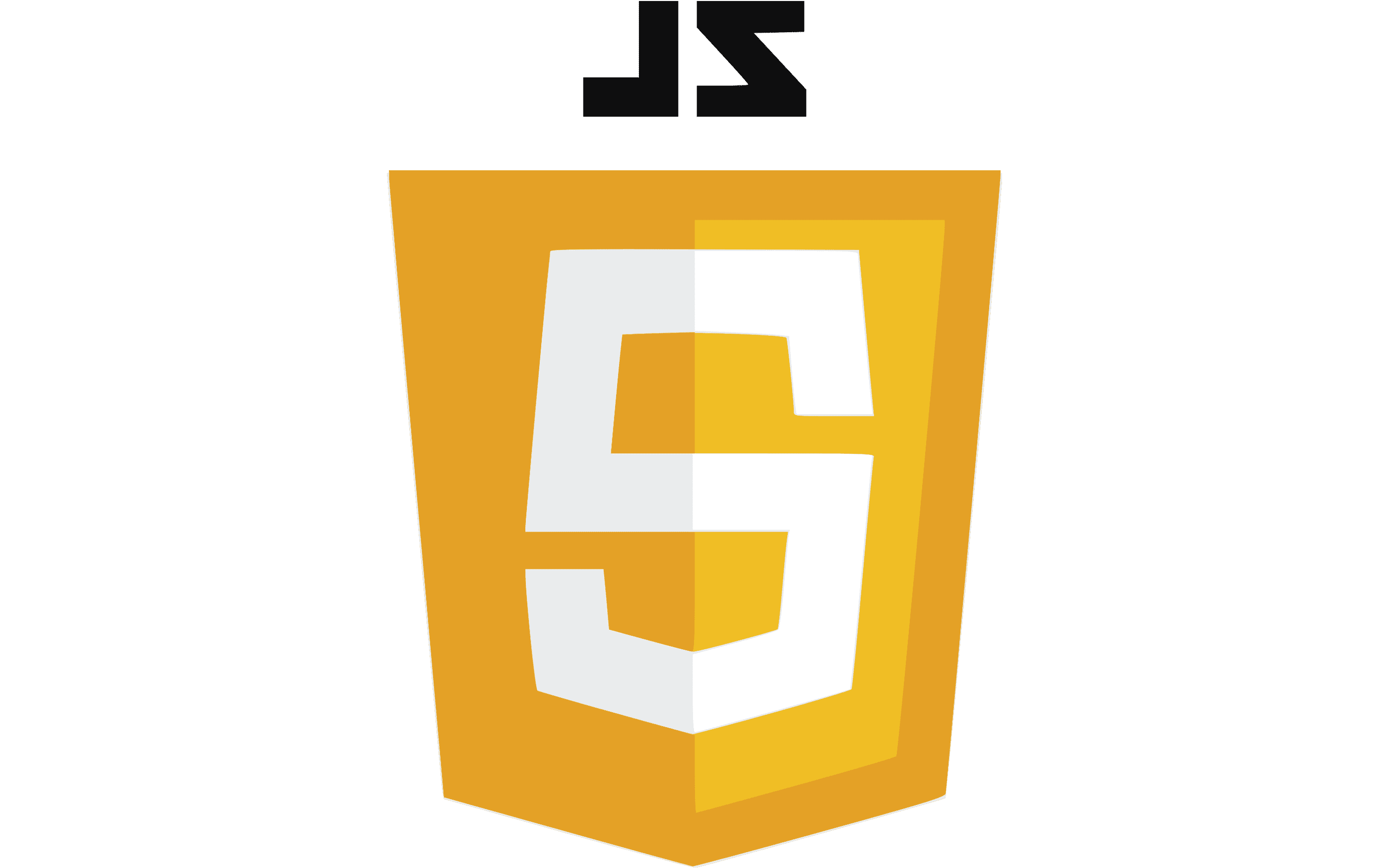Industry-Related Frameworks in CSS:- Bootstrap
Bootstrap is the most popular and powerful front-end (HTML, CSS, JS) Framework for developing faster, responsive, and mobile-first website development.
With Bootstrap you can ,
- easily create responsive websites.
- quickly create a multi-column layout with pre-defined classes.
- quickly create different types of form layouts.
- quickly create different variations of navigation bars.
- easily create components like accordions, modals, etc. without writing any JS code.
- we can quickly create different types of alert boxes.
- we can easily create dynamic tabs to manage large amounts of content.
- we can easily create tooltips and popovers to show hint text.
Advantages of using Bootstrap
- Save lots of time - We can save time and effort using the Bootstrap predefined design templates and classes.
- Responsive features - Using Bootstrap we can easily create responsive websites that appear more appropriately on different devices such as mobile devices with different screen resolutions.
- Consistent design - All Bootstrap components share the same design templates and styles through a central library, so the design and layout of our web pages will be consistent.
- Easy to use - Bootstrap is very easy to use. Anybody with a basic working knowledge of HTML, CSS, and JavaScript can start development with Bootstrap.
- Compatible with browsers - Bootstrap is compatible with all modern browsers such as Chrome, Firefox, Safari, Internet Explorer, etc.
- Open Source — It is completely free to download and use.
The below simple example shows a usage of Bootstrap.
Bootstrap code in HTML :-
<div class="hero-unit"> <h1>CodePen Bootstrap</h1> <p>It's pretty easy now. We link it off <a href="https://www.bootstrapcdn.com/">BootstrapCDN</a>.</p> <p> <a class="btn btn-primary btn-large"> Call to Action </a> </p></div><div class="page-wrap"><div class="btn-group"> <button class="btn">Left</button> <button class="btn">Middle</button> <button class="btn">Right</button></div><ul class="breadcrumb"> <li><a href="#">Home</a> <span class="divider">/</span></li> <li><a href="#">Library</a> <span class="divider">/</span></li> <li class="active">Data</li></ul><div class="pagination"> <ul> <li><a href="#">Prev</a></li> <li><a href="#">1</a></li> <li><a href="#">2</a></li> <li><a href="#">3</a></li> <li><a href="#">4</a></li> <li><a href="#">5</a></li> <li><a href="#">Next</a></li> </ul></div><table class="table table-bordered"> <thead> <tr> <th>#</th> <th>First Name</th> <th>Last Name</th> <th>Username</th> </tr> </thead> <tbody> <tr> <td rowspan="2">1</td> <td>Mark</td> <td>Otto</td> <td>@mdo</td> </tr> <tr> <td>Mark</td> <td>Otto</td> <td>@TwBootstrap</td> </tr> <tr> <td>2</td> <td>Jacob</td> <td>Thornton</td> <td>@fat</td> </tr> <tr> <td>3</td> <td colspan="2">Larry the Bird</td> <td>@twitter</td> </tr> </tbody></table> </div>CSS Style sheet Code:-
.page-wrap { padding: 20px 60px;}.breadcrumb { margin: 25px 0;}Output:-
Written by: W.A. Eranga Dewmini






No comments:
Post a Comment